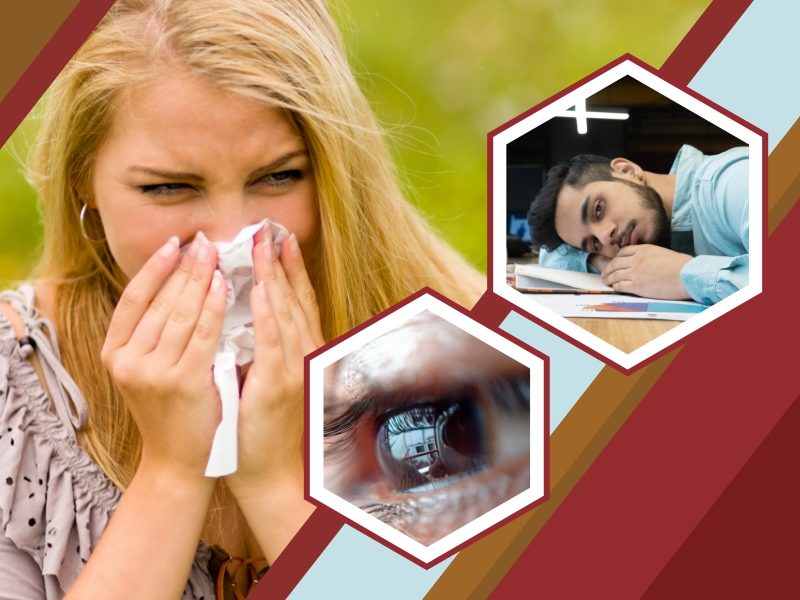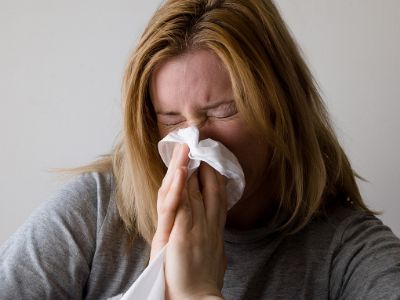Hay Fever: Symptoms and Treatment

Hay fever is a common name for allergic rhinitis. It is caused by environmental allergens through direct contact in your mouth and eyes. Typical allergens that cause hay fever are pollens, dust mites, molds, and animal dander.

Hay Fever Symptoms
- Runny nose
- Nasal stuffiness
- Itchy and red eyes
- Watery eyes
- Cough and sneezing
- Itchy throat and nose
- Postnasal drip or mucus that runs down the back of your throat
- Allergic shiners or bruised-appearing skin under the
- Fatigue and lack of sleep
Causes of Hay Fever
Hay fever symptoms usually start right after you’re exposed to the allergen. These allergens will trigger your immune system, which mistakenly identifies the substance as something harmful. In response to this, your immune system produces antibodies to defend your body which results in hay fever symptoms.
Genetic factors can also be a cause or trigger of hay fever. Having allergies in your family increases the likelihood of developing especially if your parents have allergies-related diseases. Knowing the causes and triggers of hay fever may help you manage and avoid the condition.
When to See A Doctor?
See your doctor if any of the following occur:
- There is a prolonged duration of your symptoms and they are bothersome to you.
- Over-the-counter medications are not helping you.
- Your hay fever symptoms are worsened by another condition, such as asthma.
- Hay fever occurs all year round and the symptoms are severe
- You are experiencing unpleasant side effects from your allergy medications.
- If you want to know if allergy shots or immunotherapy are right for you, you want to learn more about your options.
Diagnosing Hay Fever
Diagnosing hay fever starts with a complete assessment of the signs, symptoms, and history of the condition. Doctors of allergists may also recommend skin tests to determine the causes of symptoms and for proper diagnosis. The skin test method includes:
- Prick or scratch test. This test involves pricking or scratching the skin with a drop of a possible allergen. Most commonly, this type of skin test is called a percutaneous test.
- Intradermal test. By injecting a tiny amount of an allergen under the skin, a small amount of that allergen can be determined. It takes about 20 minutes for a reaction to appear at the site. In general, this test is more sensitive than the scratch or prick test.
Treatment of Hay Fever
Treatment medications for hay fever include antihistamines. Most of these are over-the-counter products that help relieve symptoms of allergy. Immunotherapy is also a suggested treatment for hay fever that has long-lasting relief. Immunotherapy may lead to lasting remission of allergy symptoms.
Loratadine for Hay Fever Treatment
Loratadine is an antihistamine that works by selectively antagonizing peripheral H1 histamine receptors. It is an effective medication, with the results showing immediately after taking the pill. This is also used to treat skin allergies and hives. Buy Loratadine for hay fever treatment at the most reasonable price.



